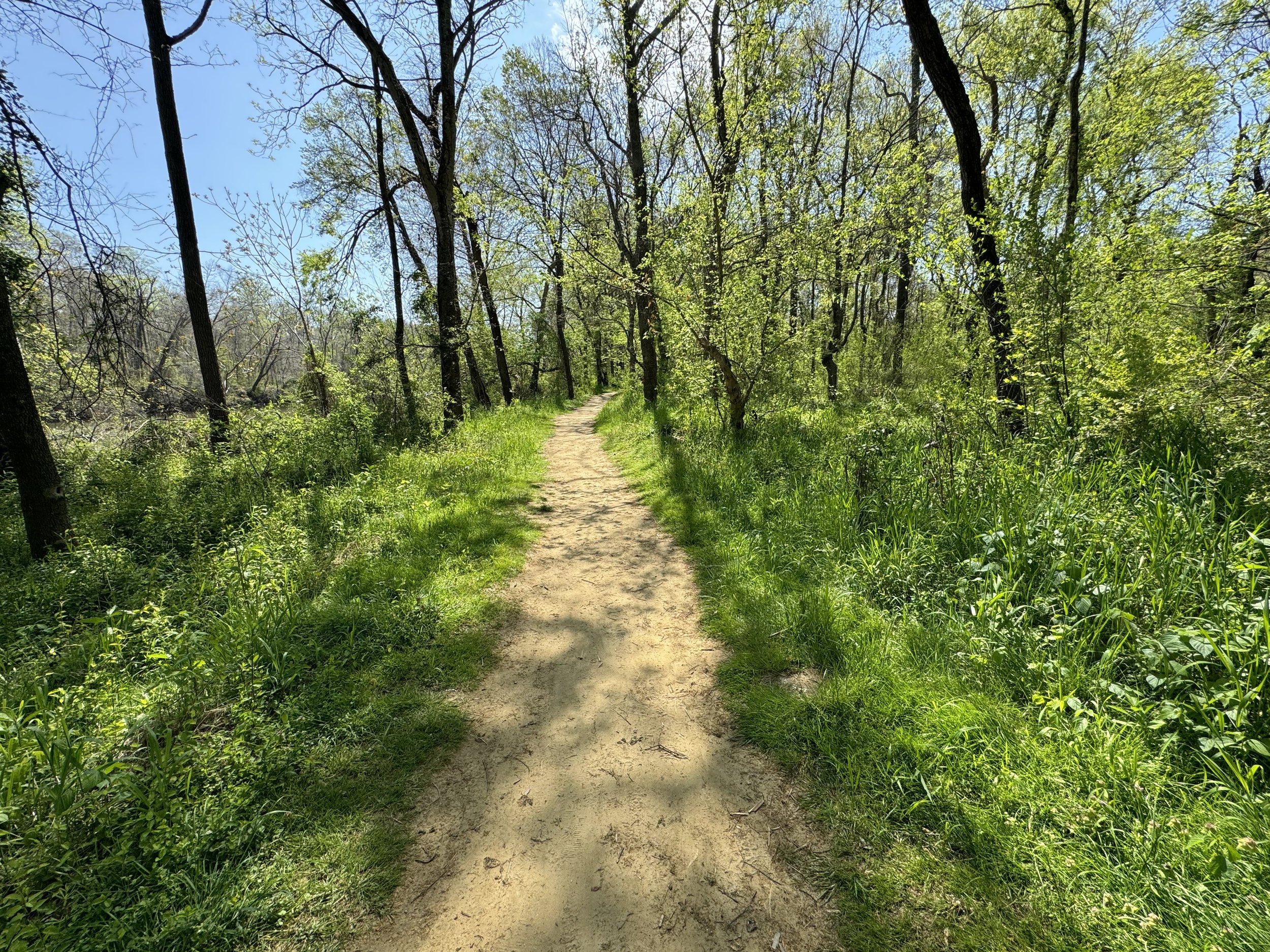
Paddle Trail

The Haw River Paddle Trail
The Haw River Paddle Trail allows novice and expert paddlers alike to experience the Haw as it was meant to be seen. For locals, seeing their home from the river provides a new perspective and a rediscovery of the natural beauty that surrounds them. For visitors, paddling the Haw is an exciting way to experience the natural and historical features of the Haw River corridor. There are currently 14 paddle accesses offering access to the entire length of the Haw River through Alamance County, from the Brooks Bridge Paddle Access in Guilford County to the new Union Bridge Paddle Access on the Alamance-Orange county line. The installation of Union Bridge Paddle Access in early 2016 completed the Paddle Trail in Alamance County and represents the culmination of over ten years of dedicated effort to provide public access to the Haw River.

River Sections
SECTION
1
Brooks Bridge
to Altamahaw
SECTION
2
Altamahaw to
Shallow Ford Natural Area
SECTION
3
Shallowford Natural Area
to The Valley
SECTION
4
The Valley to
Great Bend Park
SECTION
5
Glencoe to
Red Slide Park
SECTION
6
Red Slide Park to
Swepsonville River Park
SECTION
7
Great Alamance Creek
SECTION
8
Swepsonville River Park
to Saxapahaw Lake
SECTION
9
Saxapahaw Lake
SECTION
10
Saxapahaw Mill Race
to Union Bridge

Hours & Rules
Hours
November – March: 8am-6pm
April: 8am-8pm
May – August: 8am-9pm
September – October: 8am-8pm
Gate accesses are locked at closing time. Please do not leave your vehicle parked at a trailhead after the posted closing time.
If you encounter trouble on the water, dial 911.
Rules
The following actions are prohibited at all Haw River Trail facilities:
Smoking, Vaping, and Tobacco use
Possession or use of alcohol or illegal drugs
Riding of bikes or horses on trails
Setting fires outside of fire rings or grills
Use of motor vehicles outside of parking area
Littering or defacing of County property
Possession of weapons in violation of state law
Solicitation or advertising of any kind
Failure to have pets on a leash
Fishing from boat launch area
Removal of plants or other natural materials
Camping outside of designated areas
Safety on the Water:
Although the Haw River is a wonderful river to paddle under normal conditions, the river is subject to extreme changes in water level and flow amounts during periods of rain or drought. During high water events, the Haw River is extremely dangerous.
Immediately prior to your trip:
Check the USGS river gauge for the section of river you are paddling (click here for an explanation of river gauge). Rough guidelines for minimum and maximum water levels are available in the river section descriptions. However, these levels are not one-size-fits-all. Use your judgement before leaving- if the river feels too dangerous for you, postpone your trip.
Real-time water level information can be found at the USGS gauge website (links below):
Gauges are located at the following sites:
A Note to Paddlers
Part of the beauty of the Haw River is that it offers multiple types of paddling in close proximity. The shallow rocky sections create excellent rapids for paddling when the water is at normal level. However, these same features make some sections of the Haw difficult to paddle during low water periods.
Due to the historic dams left from the river's manufacturing past, several sections of the river are backed up to create a lake-like "flat water" paddling experience. These areas are excellent places for beginners to try their first river paddle and are a good choice for dry summer days when the water is low. For flat-water paddling, check out the following sections:
Altamahaw Paddle Access-upstream
Indian Valley to Great Bend Park- either access
Great Alamance Creek Paddle Access
Swepsonville Paddle Access- from the lower access go downstream to Saxapahaw or up Great Alamance Creek
Saxapahaw Lake Paddle Access













